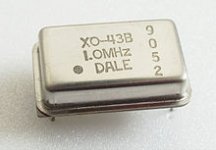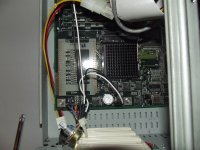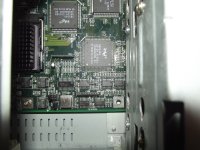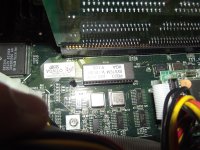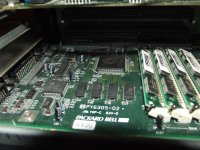icono
Member
I am trying to upgrade a Packard Bell Executive 486SX 20Mhz with a faster CPU the included SX 20Mhz is just a bit below spec for some of the educational games my kids play on this machine.
I tried to buy a 486DX-33 and install it. It fit in the motherboard and works but only runs at 20Mhz(CheckIt was able to find the FPU).
the manual I found online says that the "CPU frequency cannot be changed" and to not use ODPs.
Do most people have success installing a DX2 in a motherboard that doesn't explicitly support it?
The DX2-66 seems to be more available I assume there would be no problems other than it would run at 40Mhz?
I tried to buy a 486DX-33 and install it. It fit in the motherboard and works but only runs at 20Mhz(CheckIt was able to find the FPU).
the manual I found online says that the "CPU frequency cannot be changed" and to not use ODPs.
Do most people have success installing a DX2 in a motherboard that doesn't explicitly support it?
The DX2-66 seems to be more available I assume there would be no problems other than it would run at 40Mhz?

